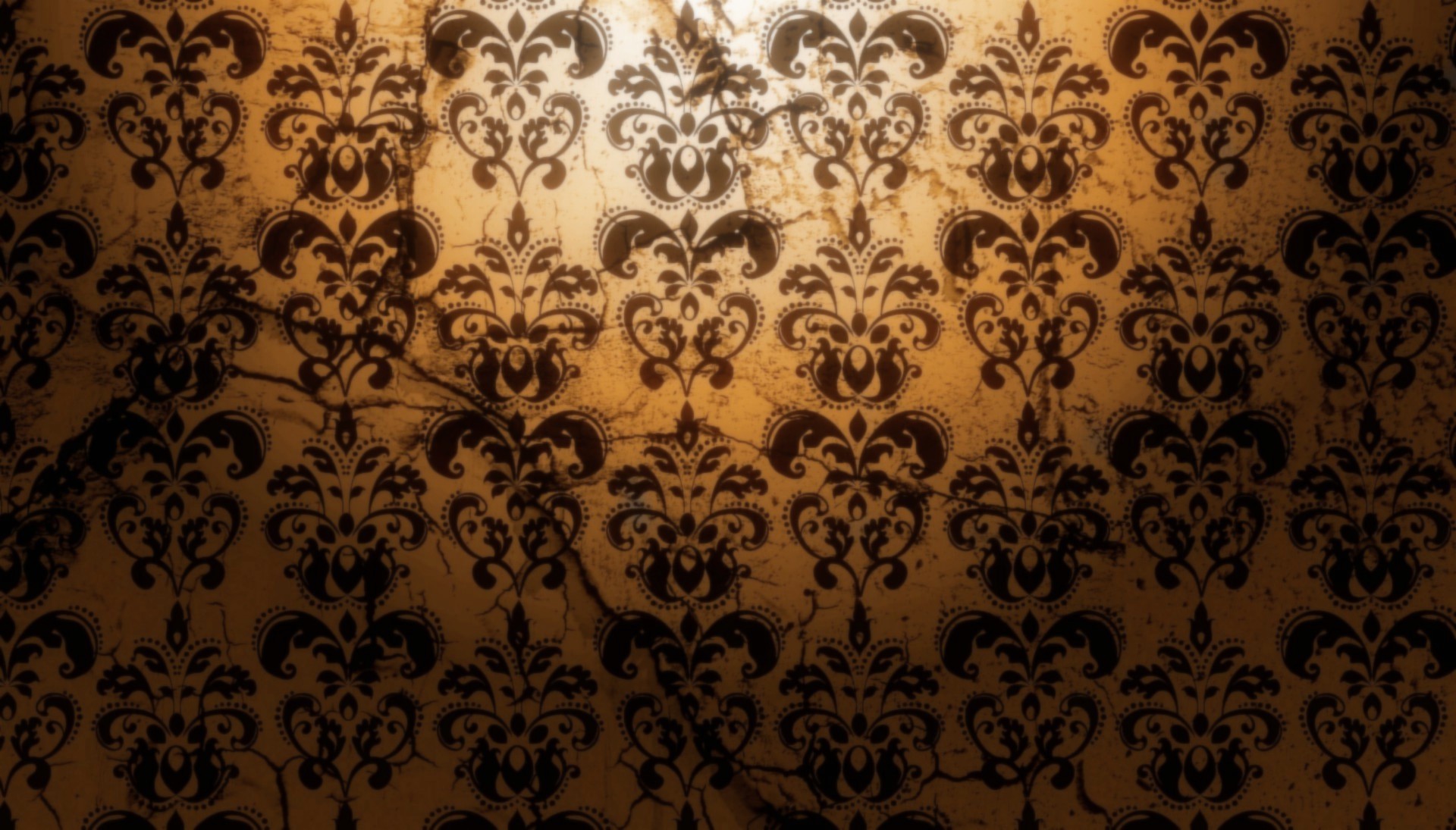.
Hieronymus Bosch born Jheronimus van Aken c. 1450 – 9 August 1516) was an Early Netherlandish painter. His work is known for its use of fantastic imagery to illustrate moral and religious concepts and narratives.
Little is known of Bosch’s life or training. He left behind no letters or diaries, and what has been identified has been taken from brief references to him in the municipal records of ‘s-Hertogenbosch, and in the account books of the local order of the Brotherhood of Our Lady. Nothing is known of his personality or his thoughts on the meaning of his art. Bosch’s date of birth has not been determined with certainty. It is estimated at c. 1450 on the basis of a hand drawn portrait (which may be a self-portrait) made shortly before his death in 1516. The drawing shows the artist at an advanced age, probably in his late sixties. Bosch was born and lived all his life in and near ‘s-Hertogenbosch, a city in the Duchy of Brabant. His grandfather, Jan van Aken (died 1454), was a painter and is first mentioned in the records in 1430. It is known that Jan had five sons, four of whom were also painters.
Bosch’s father, Anthonius van Aken (died c. 1478) acted as artistic adviser to the Brotherhood of Our Lady. It is generally assumed that either Bosch’s father or one of his uncles taught the artist to paint, but none of their works survive. Bosch first appears in the municipal record on 5 April 1474, when he is named along with two brothers and a sister.
Bosch produced several triptychs. Among his most famous is The Garden of Earthly Delights. This painting, for which the original title has not survived, depicts paradise with Adam and Eve and many wondrous animals on the left panel, the earthly delights with numerous nude figures and tremendous fruit and birds on the middle panel, and hell with depictions of fantastic punishments of the various types of sinners on the right panel. When the exterior panels are closed the viewer can see, painted in grisaille, God creating the Earth. These paintings—especially the Hell panel—are painted in a comparatively sketchy manner which contrasts with the traditional Flemish style of paintings, where the smooth surface—achieved by the application of multiple transparent glazes—conceals the brushwork. In this painting, and more powerfully in works such as his Temptation of St. Anthony, Bosch draws with his brush. Bosch also produced some of the first autonomous sketches in Northern Europe. Bosch never dated his paintings.
The Complete Works
OTHER CONCEPTS


